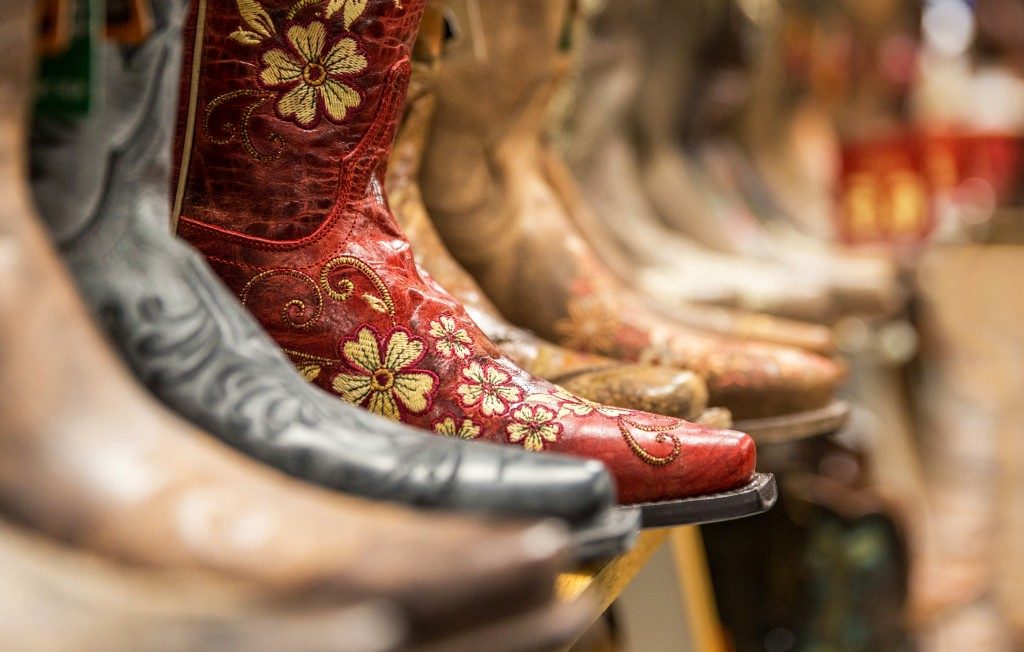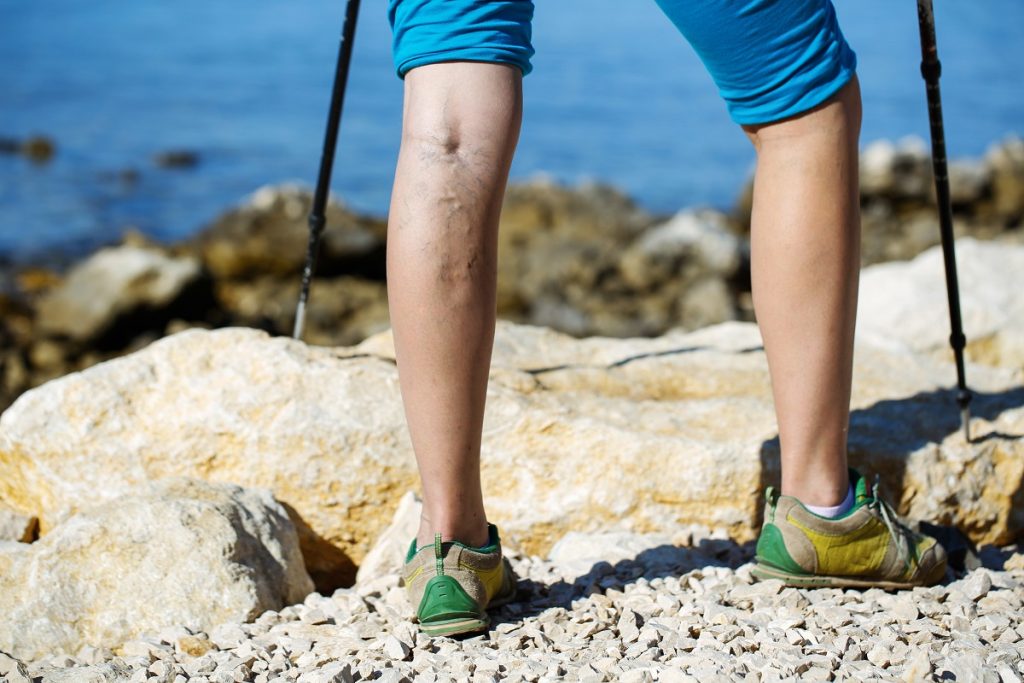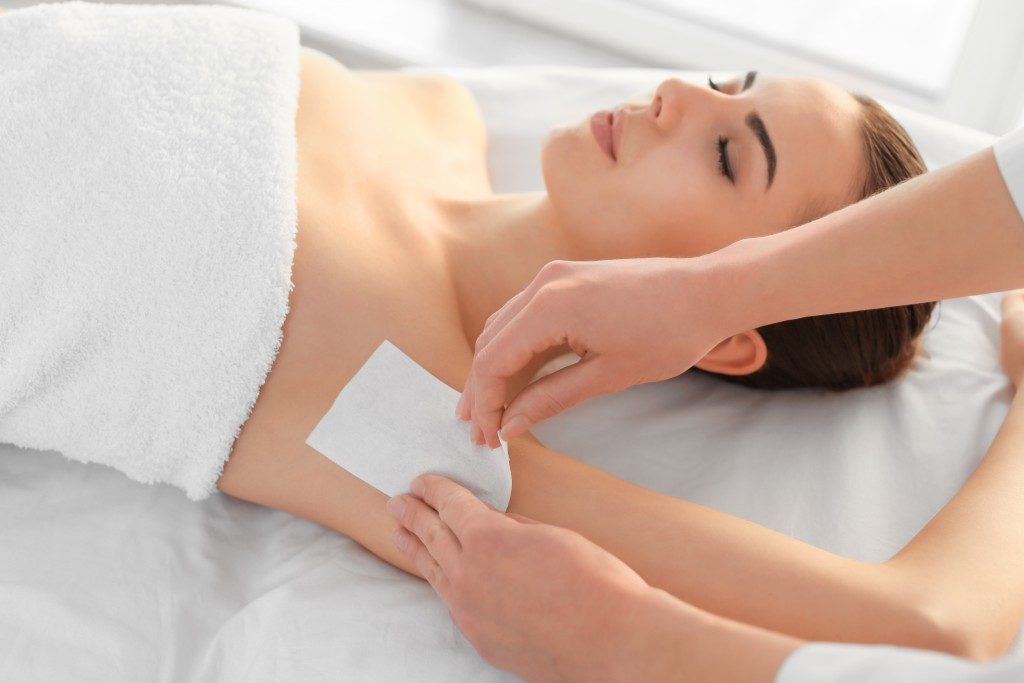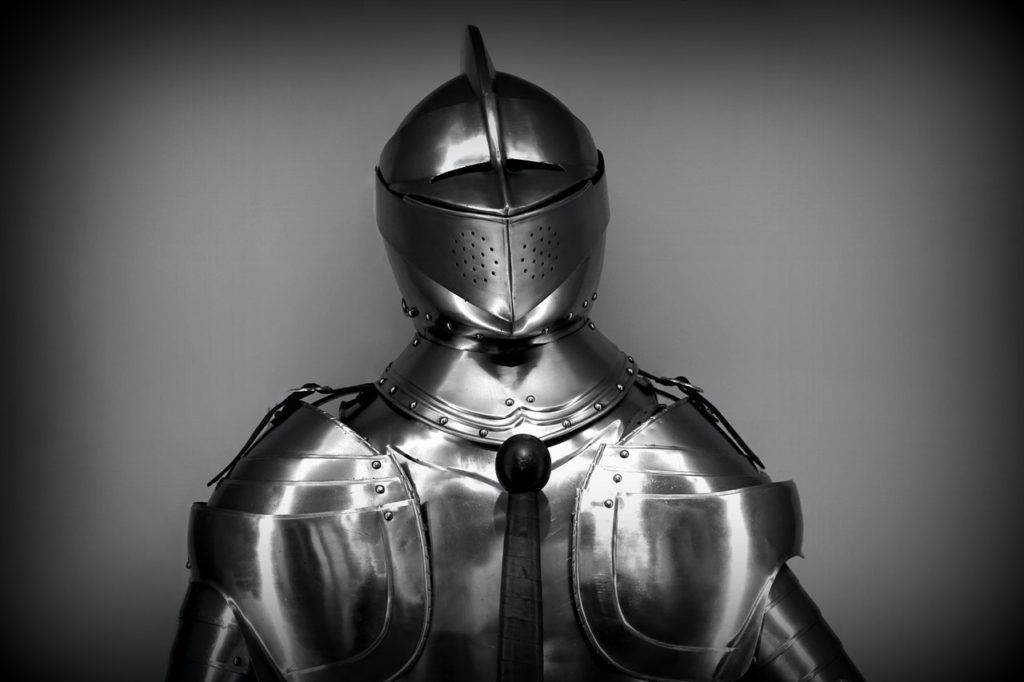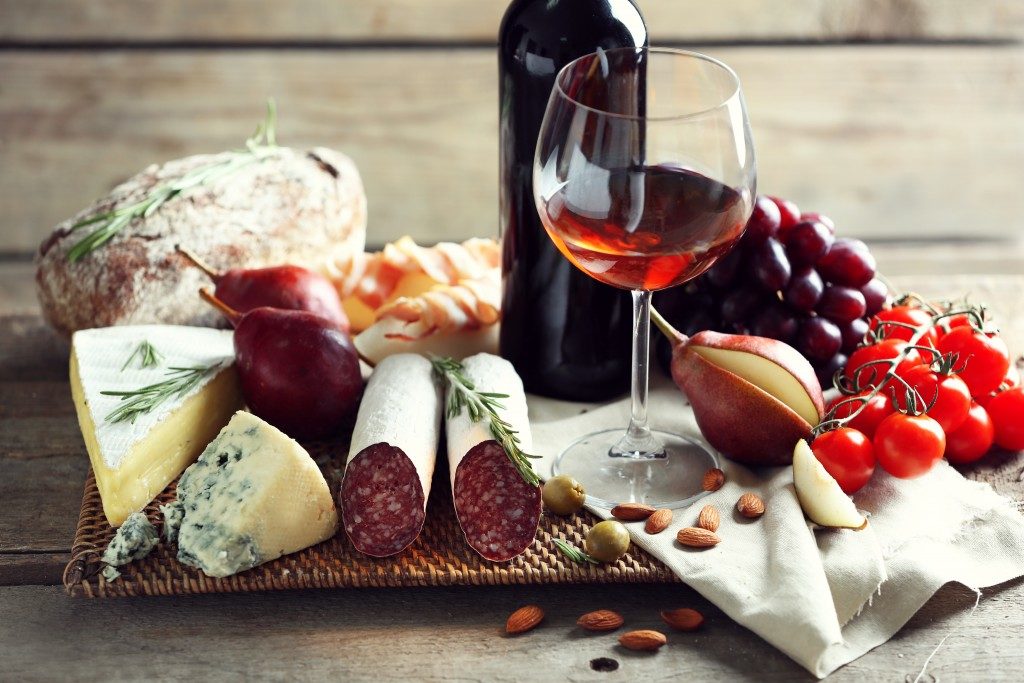Shoes are more than just a fashion statement; they are a necessity for everyone. Good footwear is worth its weight in gold. However, the importance of shoes goes far beyond their functions. They also serve as windows into the different cultures and traditions around the world.
Shoes date back to the ice age period when people called Cro-Magnons wore leather boots to protect their feet from the cold and from other harsh elements. Over time, shoes have evolved to serve many purposes such as protection during long marches, foot and ankle support, and as part of cultural costumes.
There are a variety of traditional shoes, each with its own history. In this article, we examine some of the conventional shoes, sandals and slippers around the world and how they’ve influenced modern footwear.
Babouche Slippers from Morocco
Despite the Persian word origin, papoosh (pa “foot” and poosh “covering”), the babouche slippers were first created in Morocco. These slippers are one of the most essential components of a traditional Moroccan dress.
Traditional babouches are made from soft and pliable leather – typically rawhides of goats, sheep, cows and camels – and are decorated with beautiful colours and embroidery. They are the first slippers in history with an oriental design. The focal points of the slippers are their exaggerated point at the toes.
This is said to reflect the lifestyle of its wearers, who are often the 17th-century courtiers and monarchs.
The babouche slippers are thought to be the inspiration for modern backless footwear, which have been slowly and steadily making their way back into the fashion world.
Brogues from Scotland
Originally a walking shoe for covering boggy terrain, brogues have evolved to become one of the most stylish and elegant shoe styles that are cherished by many gentlemen around the world. The term brogue is derived from the Scottish term brog, meaning shoe.
Examples of this form of footwear go back to the early Bronze Age in Northern Europe where hunting and limited migration formed a large part of daily lives. Initially, these were crude shoes made from rawhide fresh off a cow, horse, deer and, occasionally, seals.
These shoes were kept in place by laced thongs tied behind. And the holes in the uppers were functioned to allow water to drain through as the walkers forded through marshlands. Nowadays, there are several styles of brogues – the more popular ones are the Oxford, the Derby and the Ghillie Brogues or kilt shoes.
Espadrilles from Spain
Originally crafted in the Occitania and Catalonia areas of the Pyrenees on the Spanish and French border, its name derives from “esparto,” the plant species that makes up the iconic sole of the shoe. The original 13th-century production process required many craftsmen and seamstress to create a shoe that was sturdy yet light-weight – perfect for the warm climate of the Pyrenees.
They were worn by everyone from the King’s infantry to priests to labourers. The once simple espadrille has gotten a variety of updates from many fashion brands. Now more than ever, espadrilles have caught on to become a high-end style statement and a fashion trend, rather than purely functional footwear.
Espadrilles are now modern society’s quintessential summer shoes.
Shoes are indeed more than just functional footwear. They are a window to the fascinating history of different countries. Every culture has its own footwear that was developed, especially for their needs. Nowadays, many designers and brands have taken these shoes as inspiration to create today’s fashion trends.

